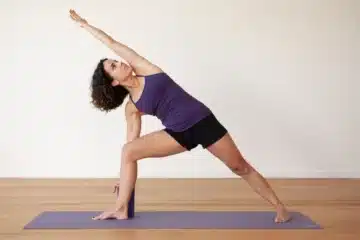In the midst of life’s demands and distractions, the quest for relaxation becomes an essential journey for restoring balance, rejuvenating the spirit, and nourishing the soul.
Relaxation is not merely a luxury but a vital practice that fosters holistic well-being and resilience in the face of life’s challenges.
In this article, we explore the art of relaxation, its significance, benefits, and practical techniques for cultivating deep relaxation in mind, body, and spirit.
Understanding Relaxation
Relaxation is a state of physical, mental, and emotional ease and comfort characterized by a sense of calmness, tranquility, and inner peace. It involves letting go of tension, stress, and worry, and surrendering to the present moment with openness and receptivity.
Relaxation is not about escaping from reality but rather about embracing it fully, allowing ourselves to rest and recharge in order to face life’s demands with renewed vitality and clarity.
The Significance of Relaxation
In today’s fast-paced world, stress has become a pervasive and insidious force that takes a toll on our physical, emotional, and mental well-being.
Relaxation serves as an antidote to stress, helping to reduce tension, lower blood pressure, and promote a sense of inner peace and tranquility.
Moreover, relaxation is essential for fostering creativity, clarity of mind, and emotional resilience, enabling us to navigate life’s challenges with grace and equanimity.
Practical Techniques for Relaxation:
- Deep Breathing Exercises: Practice deep breathing exercises such as diaphragmatic breathing or belly breathing to activate the body’s relaxation response and promote a sense of calmness and relaxation. Focus on slow, deep inhalations and exhalations, allowing the breath to flow naturally and effortlessly.
- Progressive Muscle Relaxation: Engage in progressive muscle relaxation by systematically tensing and relaxing different muscle groups in the body. Start with the muscles in your toes and work your way up to your head, consciously releasing tension and stress with each exhale.
- Guided Imagery and Visualization: Use guided imagery and visualization techniques to create a mental image of a peaceful and serene environment. Imagine yourself in this tranquil setting, allowing the sights, sounds, and sensations to evoke feelings of relaxation and inner peace.
- Mindfulness Meditation: Practice mindfulness meditation by bringing focused attention to the present moment, without judgment or attachment. Notice the sensations, thoughts, and emotions that arise in each moment, allowing them to come and go without resistance.
- Engage in Relaxing Activities: Engage in activities that promote relaxation and enjoyment, such as reading a book, taking a warm bath, or listening to soothing music. Find activities that bring you joy and peace, and make time for them regularly in your schedule.
Benefits of Relaxation
The benefits of relaxation extend far beyond the physical body, permeating every aspect of our lives. Relaxation reduces stress and anxiety, promotes emotional well-being, and enhances immune function.
It improves sleep quality, concentration, and productivity, and fosters a deeper connection to ourselves and the world around us.
Moreover, relaxation cultivates a sense of balance, harmony, and resilience, empowering us to navigate life’s challenges with grace and equanimity.
Conclusion
As we embrace the art of relaxation, we embark on a journey of self-discovery, healing, and transformation. By incorporating practical techniques for relaxation into our daily lives, we reclaim our power to rest and recharge, and to live with greater presence, joy, and vitality.
As we surrender to the gentle rhythm of relaxation, may we rediscover the innate wisdom and peace that reside within us, and may we journey through life with grace, ease, and profound gratitude for the gift of each moment.



